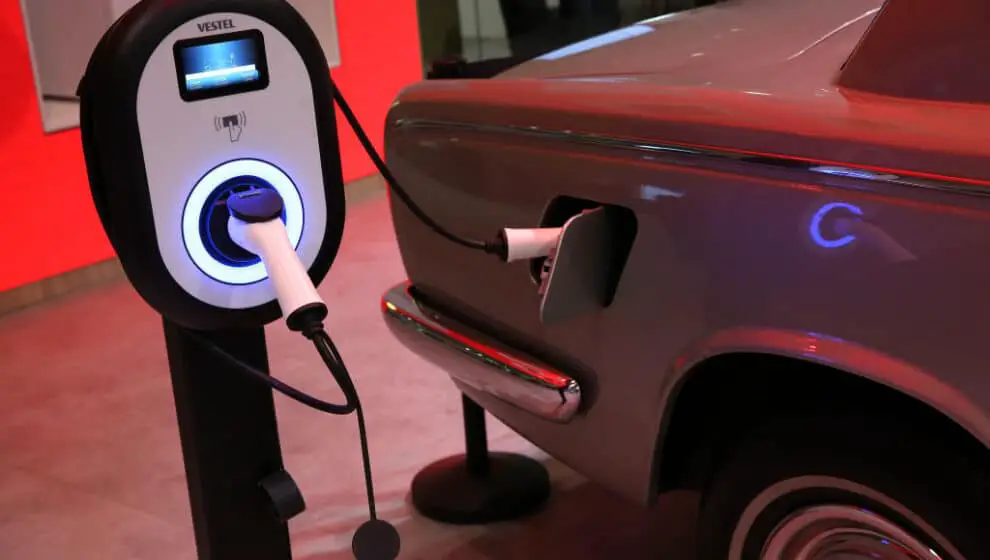As government officials continue to push widespread adoption of EVs in the U.S. they are beginning to determine what cybersecurity measures are needed in these highly technical vehicles.
Key Details
- Interconnected electric vehicle (EV) chargers connected to local power grids are a potential weak point in national cybersecurity.
- New car models that feature WiFi hotspots and Bluetooth capabilities are also at potential risk for cyber attacks.
- Last week, government officials and leaders of private companies met at a forum hosted by the Office of the National Cyber Director to discuss security concerns around EVs.
Why it’s news
As governments continue to promote a transition to EVs, the potential threat of cyber attacks becomes more concerning. With so many vehicles depending on the local power grid, an attack could be devastating.
During the forum, officials discussed committing to further research on potential cyber risks and potential new standards for EVs.
So far, EV charger hacks have not happened, but the risk increases with the more chargers that are brought online.
Vulnerabilities in the chargers have already been brought to makers’ attention by researchers. In January, a 19-year-old hacker claimed that he remotely hacked 25 Teslas using its open-source activity log in.
But stolen vehicles aren’t the main concern when it comes to EV hacking. EV chargers collect information from vehicles like the EV’s identification number and the driver’s online information.
EVs also have a control network that allows the various parts of the car to communicate. This vital part of the vehicle is also connected to the charger—another weak point for hackers to target.
There’s no precedent for EV cybersecurity standards, but automakers have been working to make the vehicles secure, though there are obviously flaws.
New government regulations to establish basic security seem inevitable, but questions remain about which government agency would oversee these regulations.
Even when automakers develop new security systems, hackers aren’t far behind with new methods of their own.

